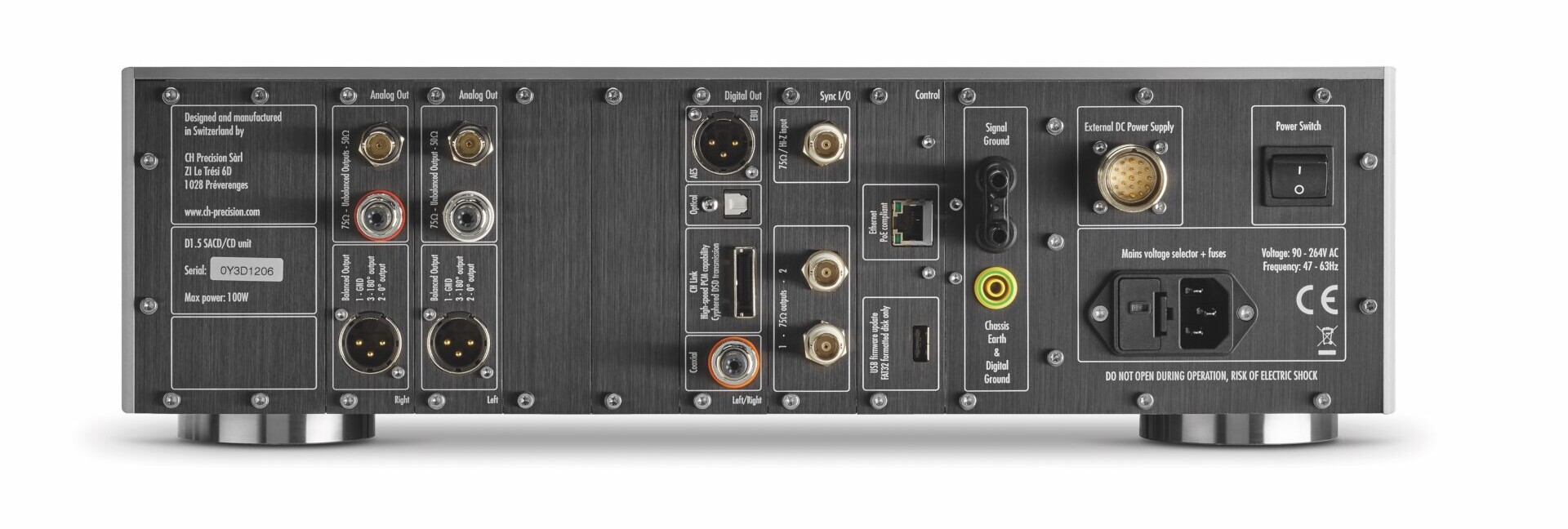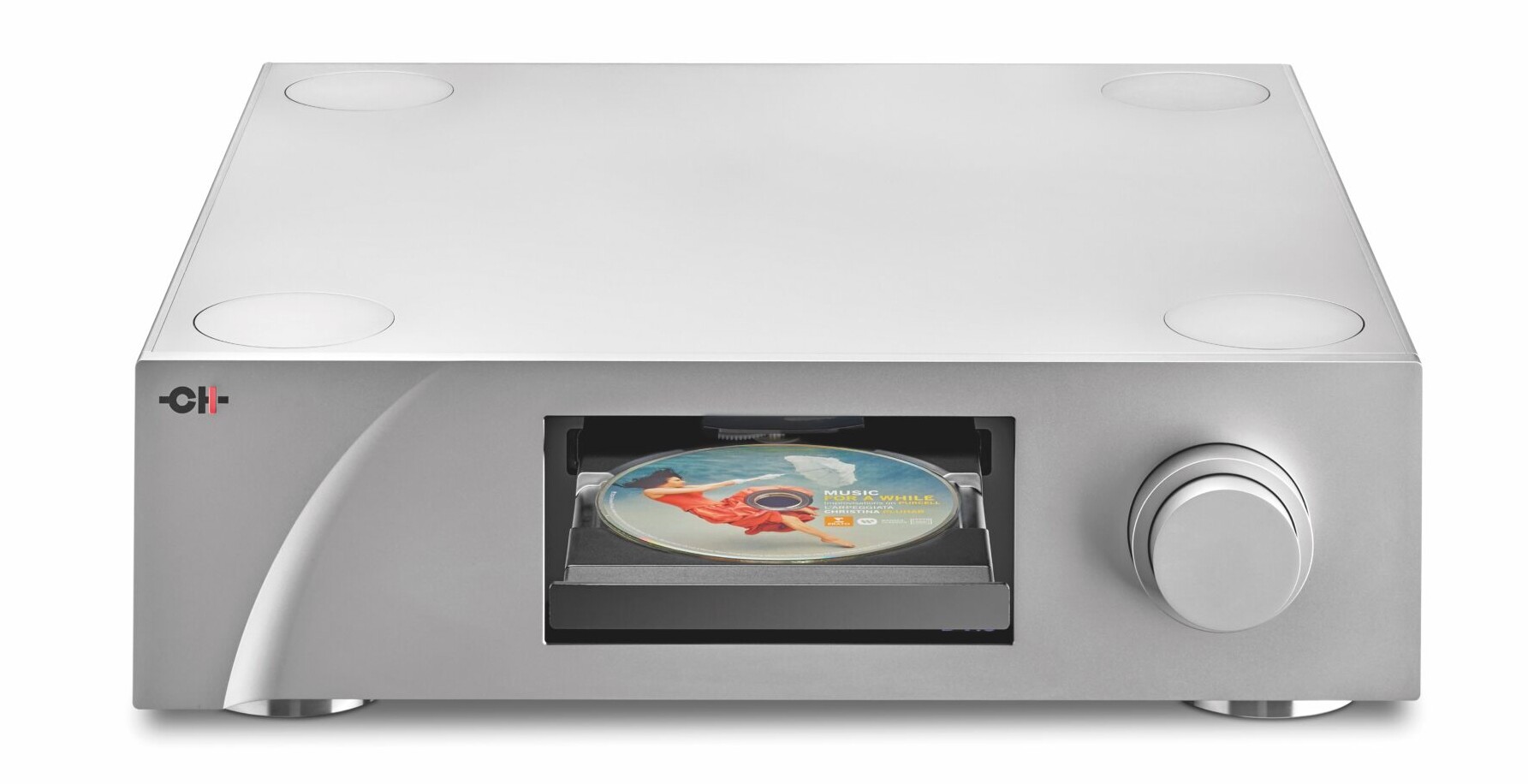
Let the track run through to the next cut, ‘I Wish I Knew’ and you hear another example of that unforced, rhythmic flexibility. McCoy Tyner’s opening phrases are almost throwaway, the naïve melody rushed through with no consideration of shape or phrasing, but as he reaches the end of the intro he suddenly starts to slow the tempo and add shape to the phrases, stretching them out and setting the pace for the beautifully languid but perfectly on point entry of bass and drums. It’s a master class in musical articulation, the ability of the D1.5 to track time domain information and relationships within the musical whole. The bass notes in particular are lucidly spaced and pitch perfect, carrying the track forward rather than dragging it back. It’s a function of attack and emphasis (shape) combined with the precise placement of each note – and the spaces in between them. It’s also the thing that most CD players have the most problem with – the D1 amongst them. In fact, it is exactly this sense of musical articulation and temporal flexibility that has elevated the Neodio Origine S2 above the crowd for so long, a player that despite its relatively modest price has eclipsed the musical performance of many far more ambitious and costly, multi-box solutions. I haven’t had a chance to sit the D1.5 directly alongside the Neodio, but with its newfound sense of pace, rhythm and timing it’s certainly snapping at the French player’s heels.
In many ways, the acid test of any source component should be expressed not so much in the way it sounds, but how much sense it makes of the music. On one level, that might mean the sort of structural details that the D1.5 effortlessly reveals on the Coltrane disc. On another, it relates to the differences between performances of the same piece. Lurking at the further reaches of the Pentatone catalogue there is a series of discs re-mastered to multi-channel SACD from Quadraphonic original recordings. If that doesn’t sound too promising and you don’t play multi-channel SACD anyway, despair not: most of these recordings were made by Philips in the late ‘70s and while they might lack the audiophile credibility of some other labels, make no mistake, Philips knew a thing or two about sound and they could afford some serious talent.
 PTC 5186 237 features the Beethoven and Bruch’s First Violin Concertos (with Salvatore Accardo, Kurt Masur and the Gewandhausorchester Leipzig – see what I mean?) and it’s a gem. Played on the D1.5 the recording is unmistakably, classic Philips: big, warm and sumptuous. The performance is both fascinating and of its time. Masur delivers smoothly massive, rich and dense orchestral playing, full of scale, power and vigour. The sense of bowed energy and texture brings purpose to the performance while the sheer density is boldly impressive. Those qualities of energy, texture and substance carry over to the solo playing. Accardo is slightly spot-lit, the recording making the most of his virtuoso style. The energy and sense of direction in his bowing is so vivid as to be almost pictorial. Bigger, bolder, smoother and way more sweeping than more modern interpretations, it is nonetheless a wonderfully entertaining performance.
PTC 5186 237 features the Beethoven and Bruch’s First Violin Concertos (with Salvatore Accardo, Kurt Masur and the Gewandhausorchester Leipzig – see what I mean?) and it’s a gem. Played on the D1.5 the recording is unmistakably, classic Philips: big, warm and sumptuous. The performance is both fascinating and of its time. Masur delivers smoothly massive, rich and dense orchestral playing, full of scale, power and vigour. The sense of bowed energy and texture brings purpose to the performance while the sheer density is boldly impressive. Those qualities of energy, texture and substance carry over to the solo playing. Accardo is slightly spot-lit, the recording making the most of his virtuoso style. The energy and sense of direction in his bowing is so vivid as to be almost pictorial. Bigger, bolder, smoother and way more sweeping than more modern interpretations, it is nonetheless a wonderfully entertaining performance.

